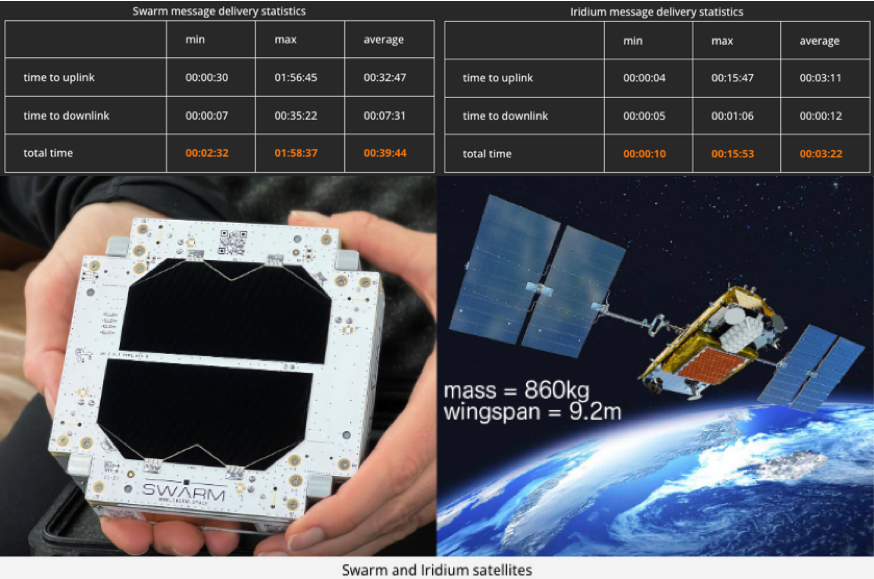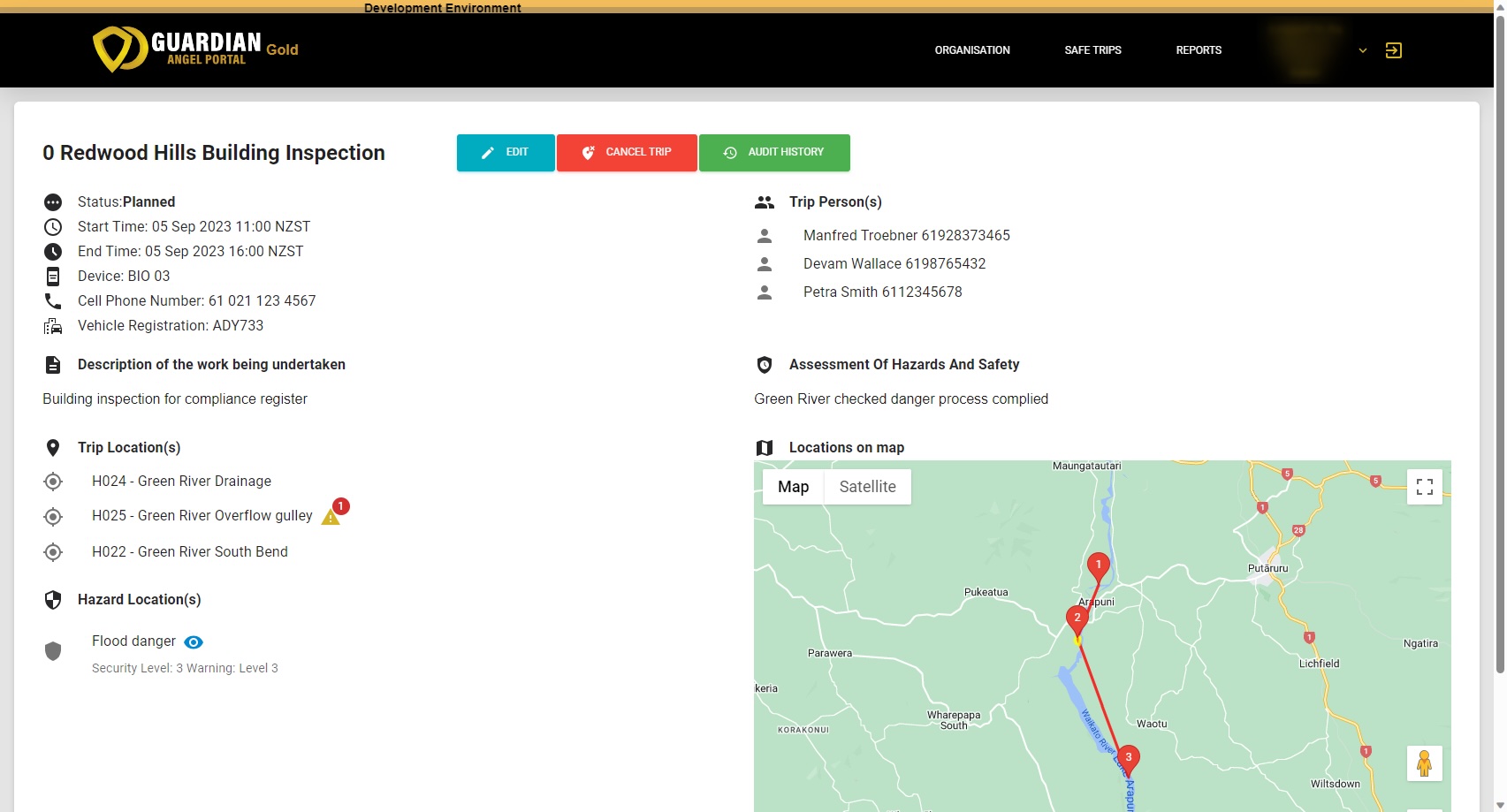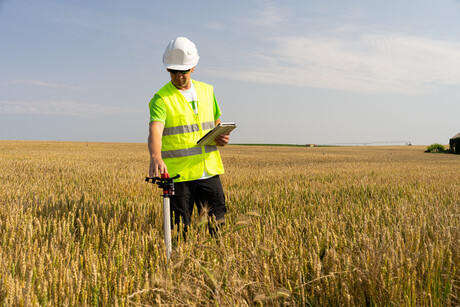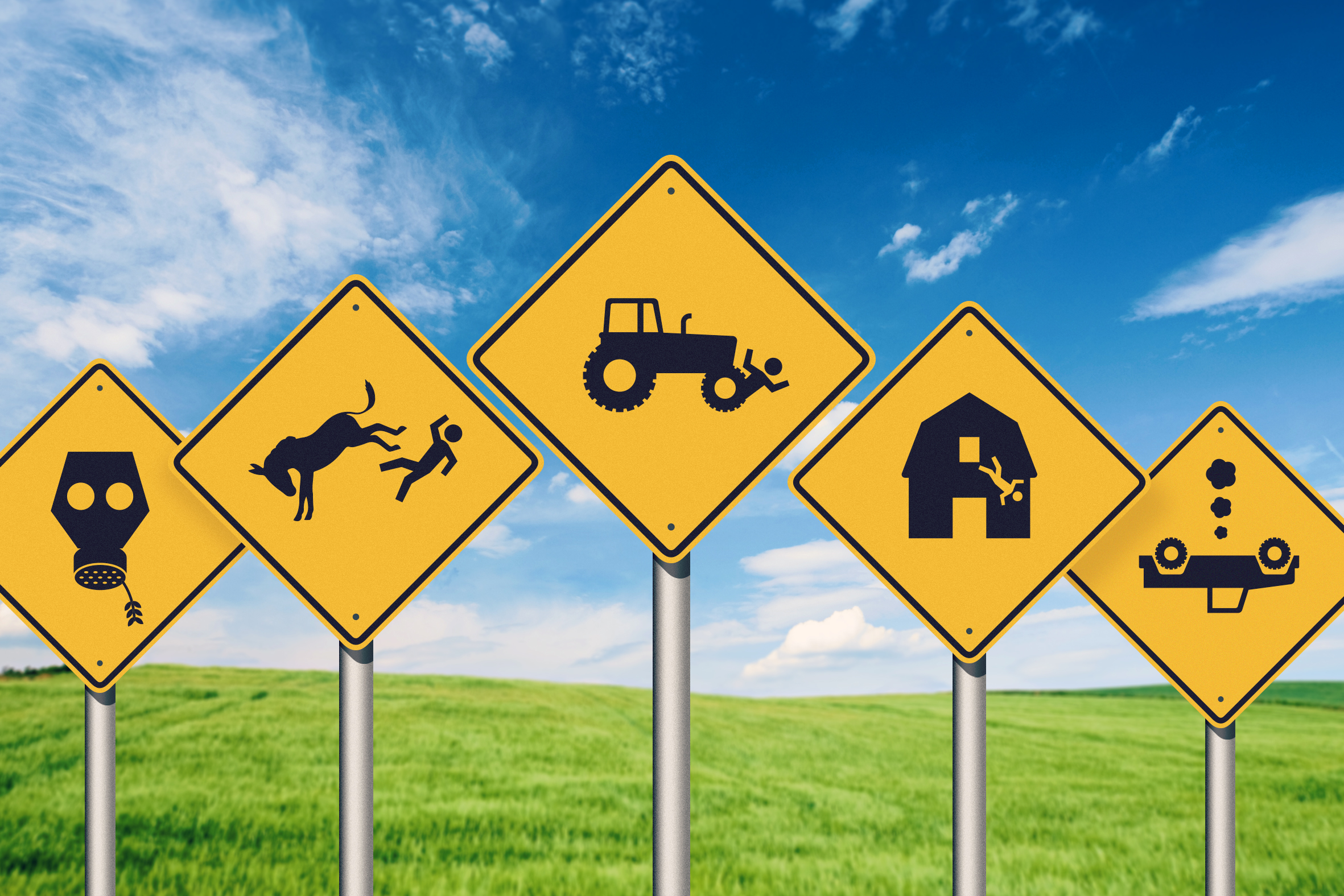The Commerce Commission has issued a Stop Now Letter to One NZ (formerly Vodafone NZ) for representations made in its campaign promoting “100% mobile coverage. Launching 2024”. This draws attention to the limitations of traditional cellular networks and mobile devices, especially in remote or geographically challenging regions.
Petra Håkansson, Founder and CEO of Guardian Angel Safety, highlights the importance of satellite devices in addressing these coverage limitations, “Mobile phones coverage will only be accessible in locations where a consumer’s mobile phone has line of sight to the sky”
Remote worker safety solutions should include tracking plans for a breadcrumb trail and features such as geo fences, welfare checks, and SOS with professional monitoring and response. Mobile phone battery life is not there yet in terms of supporting location updates and tracking for safety.”
There are still a lot of unknowns when it comes to the Starlink network. The analysis by Nootropic Design shows valuable insights into the difference between the Starlink and Iridium networks. Assuming Starlink are using the Swarm low orbiting micro satellites, they have less bandwidth than the Iridium 860kg high orbiting satellites with forwarding technology to eliminate black-spots.

Garmin In-Reach devices are specifically designed for lone workers operating in areas with limited or no mobile network coverage. These devices utilise the Iridium network to establish communication links even in the most remote corners of the planet.
In a disaster, the speed of communication can be a matter of life and death. Due to the gaps in coverage the average message delivery time from the Starlink Swarm Satellites was 39 minutes 44 seconds compared to 3 minutes 22 seconds with the Iridium network.

With the ability to establish communication links via global satellite networks, Garmin In-Reach devices offer a vital lifeline for lone workers, ensuring their safety and enabling prompt emergency response when needed. Satellite devices address the limitations of mobile phones and provide essential features for remote worker safety.
Do you have questions about your Lone Worker Safety Solution? Guardian Angel Safety can help you ensure your lone workers are protected with the most reliable network. Organise a chat with one of our knowledgable team today.



